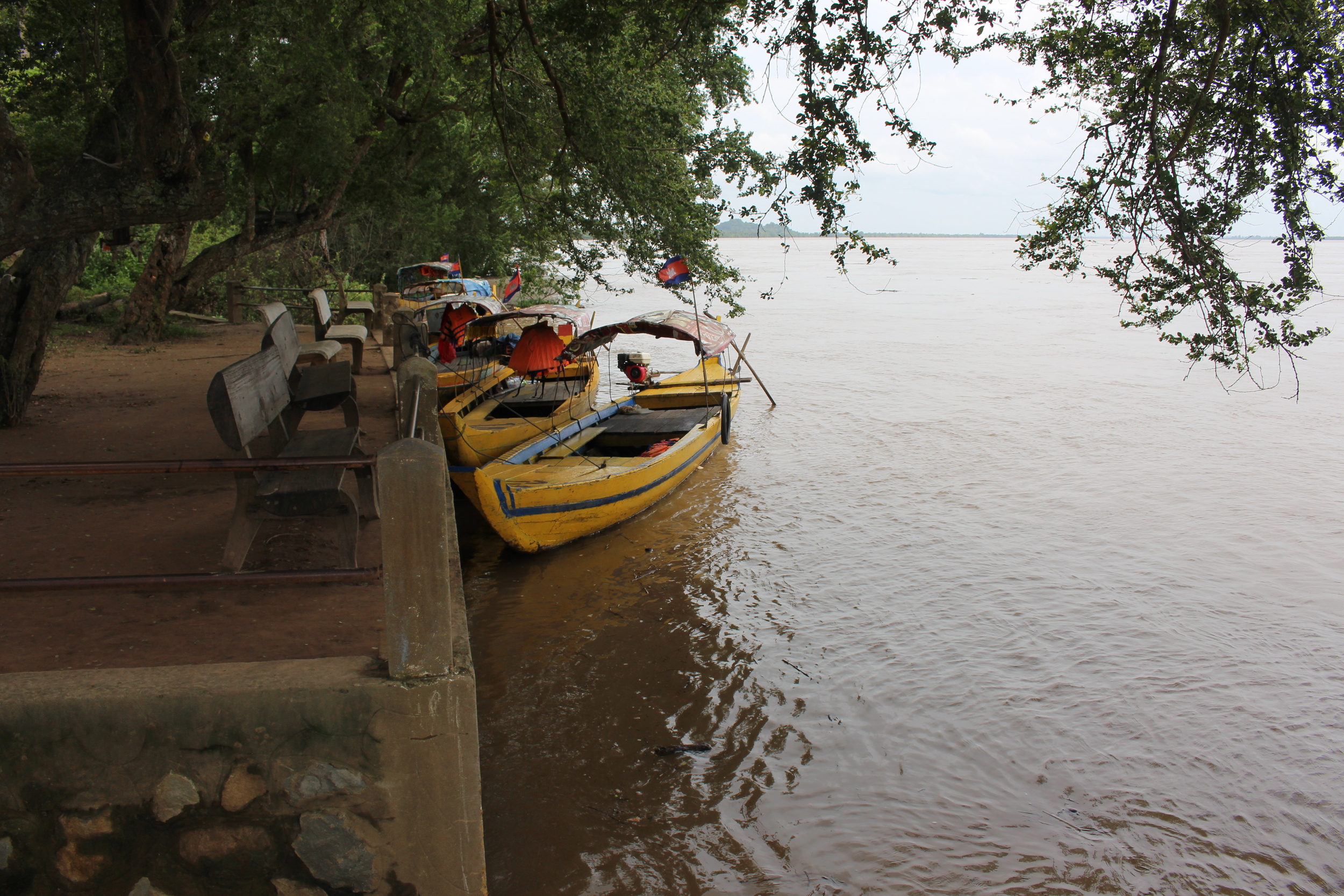The main goal of our trip to Kratie was to obtain information for three articles focusing on community members who have benefitted from WWF’s work and also obtain adequate video footage to create short film clips. My real underlying goal was basically to avoid any disasters. We coordinated the logistics last minute and between travel arrangements, budgets, interview guides, and video equipment I was fairly certain something would fall through. Miraculously, nothing went terribly wrong and the weather even held out for us.
Our first day we visited the island of Koh Pdao which is roughly a one hour car ride and 40 minute boat ride from Kratie. One of the nine main dolphin pools is located directly next to this island and WWF has teamed up with another NGO, the Cambodian Rural Development Team (CRDT), to support alternative livelihood and conservation projects in the area. Specifically, they have helped start a number of different home stays on the island. Tourists are able to come stay for several days, see the dolphins, experience the way of life in the provinces, learn about Khmer culture, and assist with various construction projects. We interviewed a woman named Sam Savry. Now that her children have moved away from the island and her husband has passed away, she is in charge of the homestay. She explained the home stay has improved her quality of life and she feels more financially secure. Throughout the interview I was struck by how much she laughed and smiled. This may have been a product of being a bit uncomfortable in front of the camera, but I got the feeling she was likely a warm and friendly person. During the course of the interviews we conducted on the trip I noticed how much I sought out other cues, body language, tone etc., to gauge the interviewees' comfort level, given I couldn’t understand their actual words.
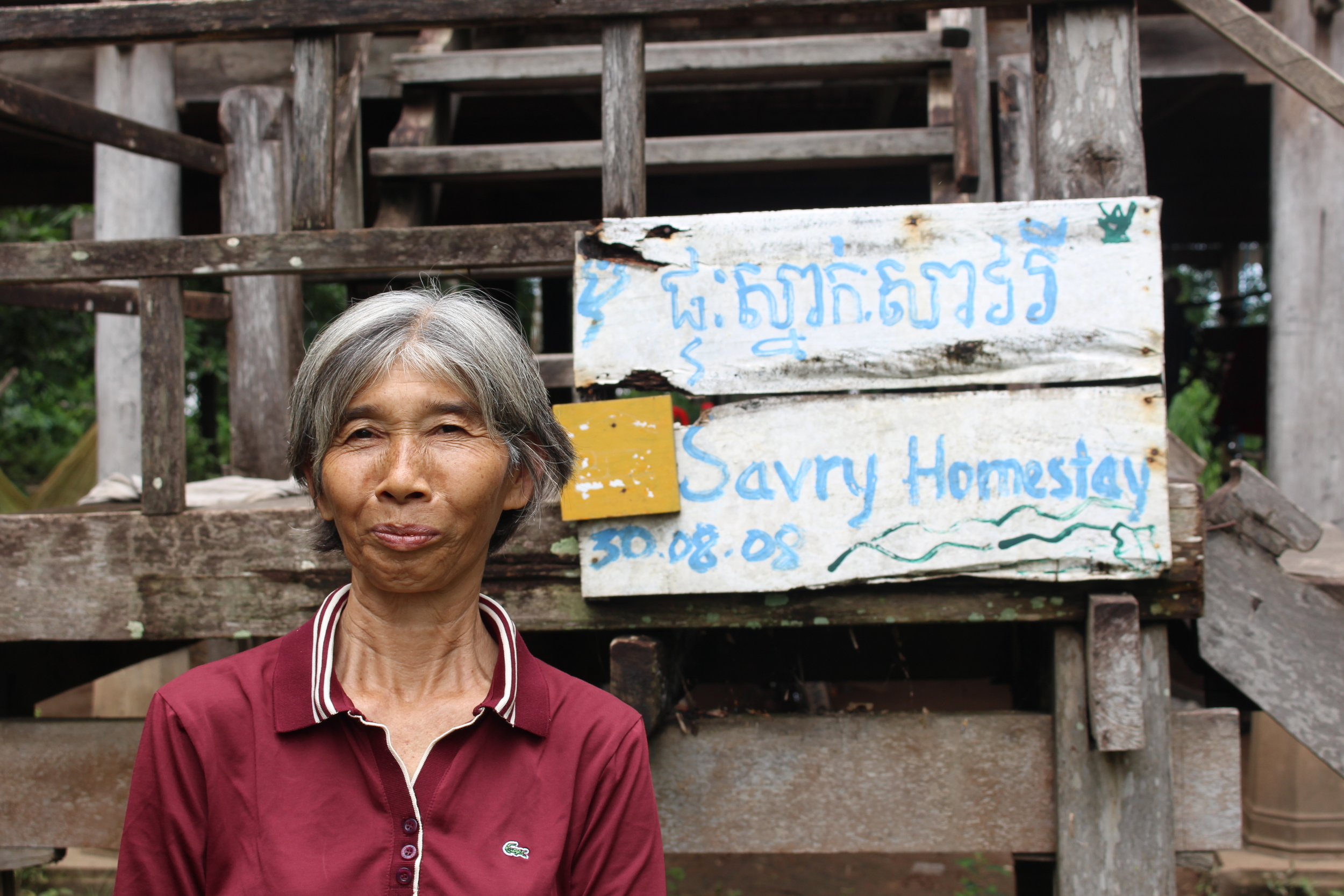


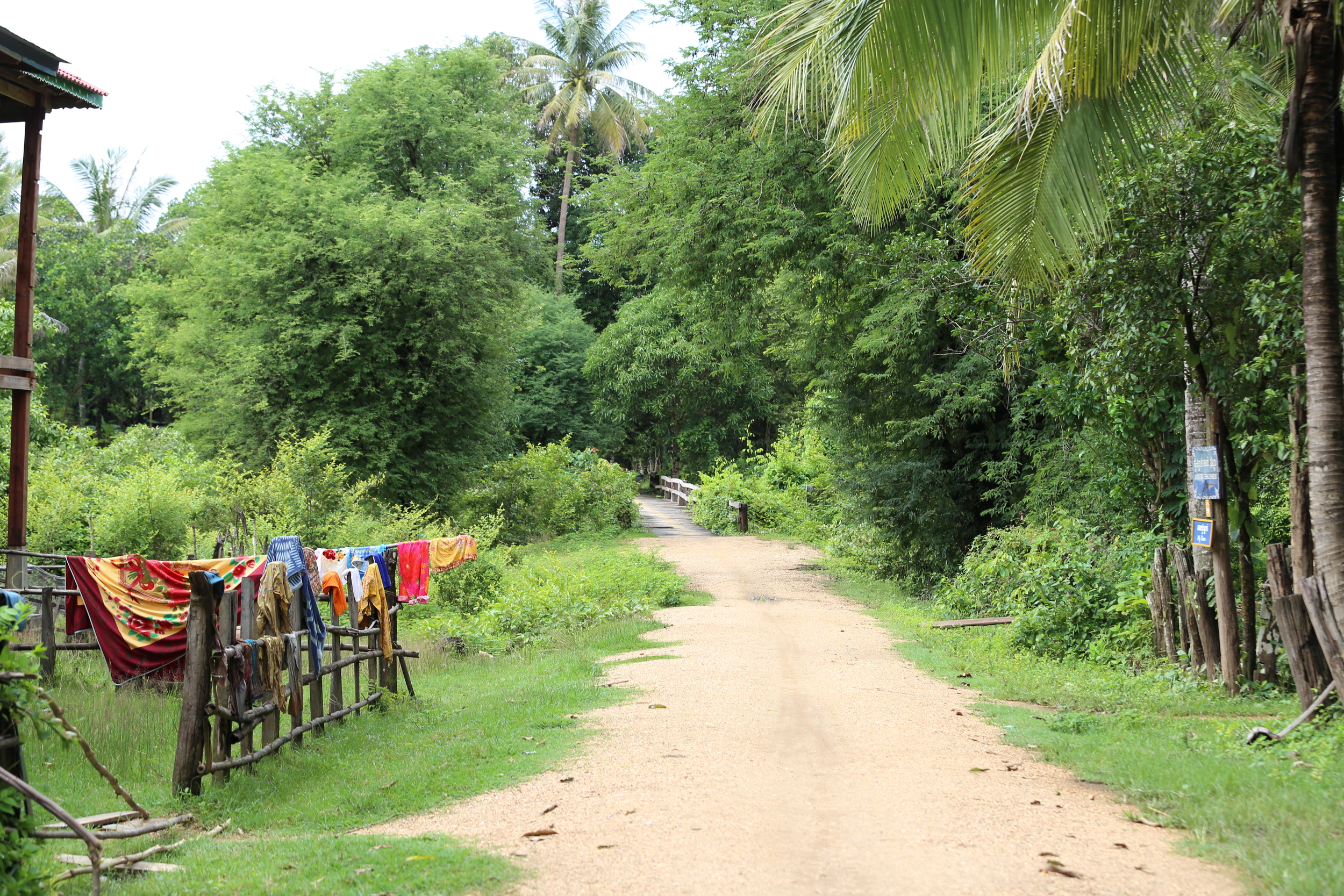

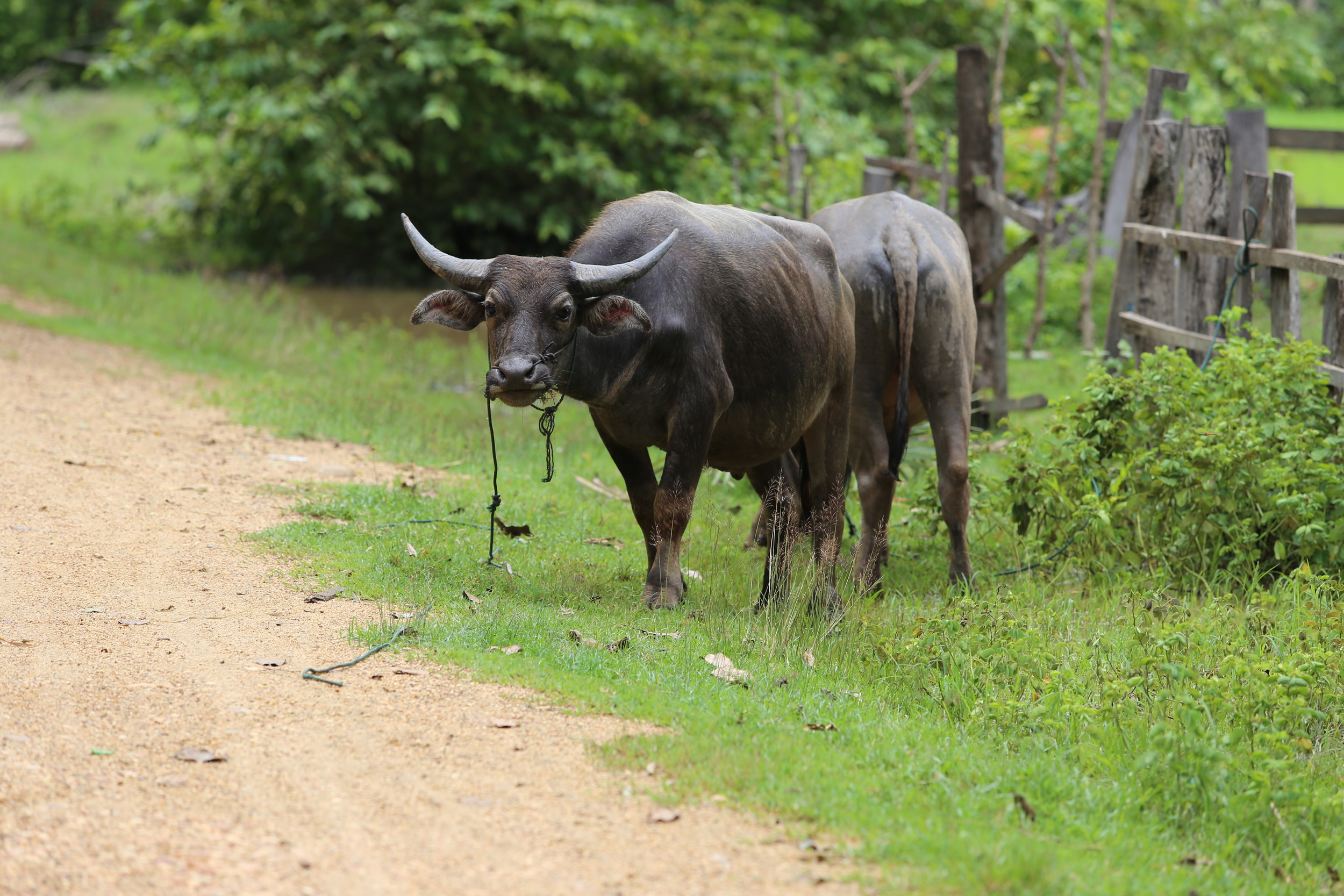
Rafting fun
The next day we ventured out to the village of Koh Chbar. And by venture, I mean venture. It took us an hour to get to Sambour from Kratie where we then took an hour and a half moto ride to the village. Originally when we planned this trip I thought, OK, 90 minutes on a moto, no big deal. However, as I was sitting at dinner the night before chatting with my friend Suzanne she explained the bridge that connects the road to Koh Chbar had been under construction for over a year. At this point plans couldn’t be changed though so the next day we trudged off on the motos hoping for the best. The rainy season had turned the road into a giant mud bath and most of the trip consisted of us getting sprayed with mud or hopping off and pushing the motos. Then we arrived at the aforementioned bridge and realized we had to raft our motos across. I looked at the “raft” that was supposed to transport roughly 1,000 lbs of weight and laughed. It was just boards of rotting wood nailed together. While we were going across we were ankle deep in water, but thankfully made it across with no problem. This actually happened a second time, but instead of a raft, it was more of a boat.
In Koh Chbar we interviewed a chicken farmer named Mrs. Hong Limhin. She is a beneficiary of a partnership between CRDT and WWF that provides alternative livelihood opportunities in villages along the Mekong. In order to receive the chickens, CRDT taught Mrs. Limhin how to apply for a grant and then provided her with training on proper chicken raising techniques. Through the Biodiversity Conservation and Sustainable Use of Mekong Wetlands Project, WWF and CRDT have created over 40 community-based organizations (CBOs) which are groups of approximately 20 people from one community who collectively manage an alternative livelihood opportunity such as chicken, pig, or vegetable farming. Mrs. Limhin explained before CRDT taught her how to build a chicken coop and properly care for the chickens, she struggled to keep them alive and make a profit. Now with the money she gets from selling chickens she has started saving for a new house for her expanding family – this was evidenced by the pile of freshly cut wood she proudly showed me in her front yard which will be used for building materials. Mrs. Limhin is also in charge of the CBO's loan program. Each month members contribute a little over $1 to the fund. Due to the low interest rates she explained this program has allowed her to buy medicine for her family. Upon leaving the village Mrs. Limhin offered us fried corn, pineapple, and something that looked like zucchini. Through my translator she expressed how thankful she was for CRDT’s help and that we took the time to interview her. In all my planning for this trip I simply expected that we would be intruding on our interviewees’ time and we would be the only ones saying thank you, but I was touched that wasn’t the case.
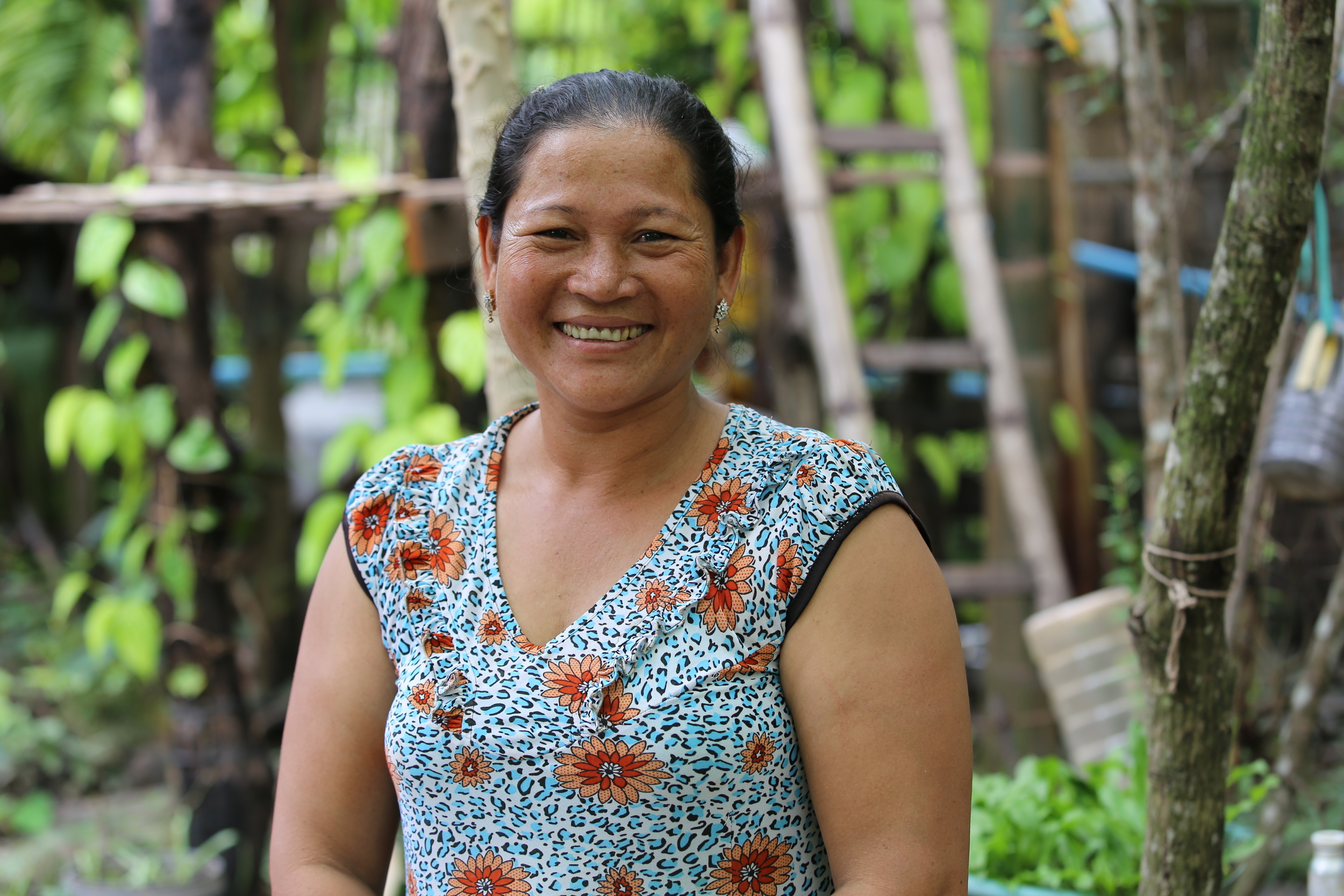
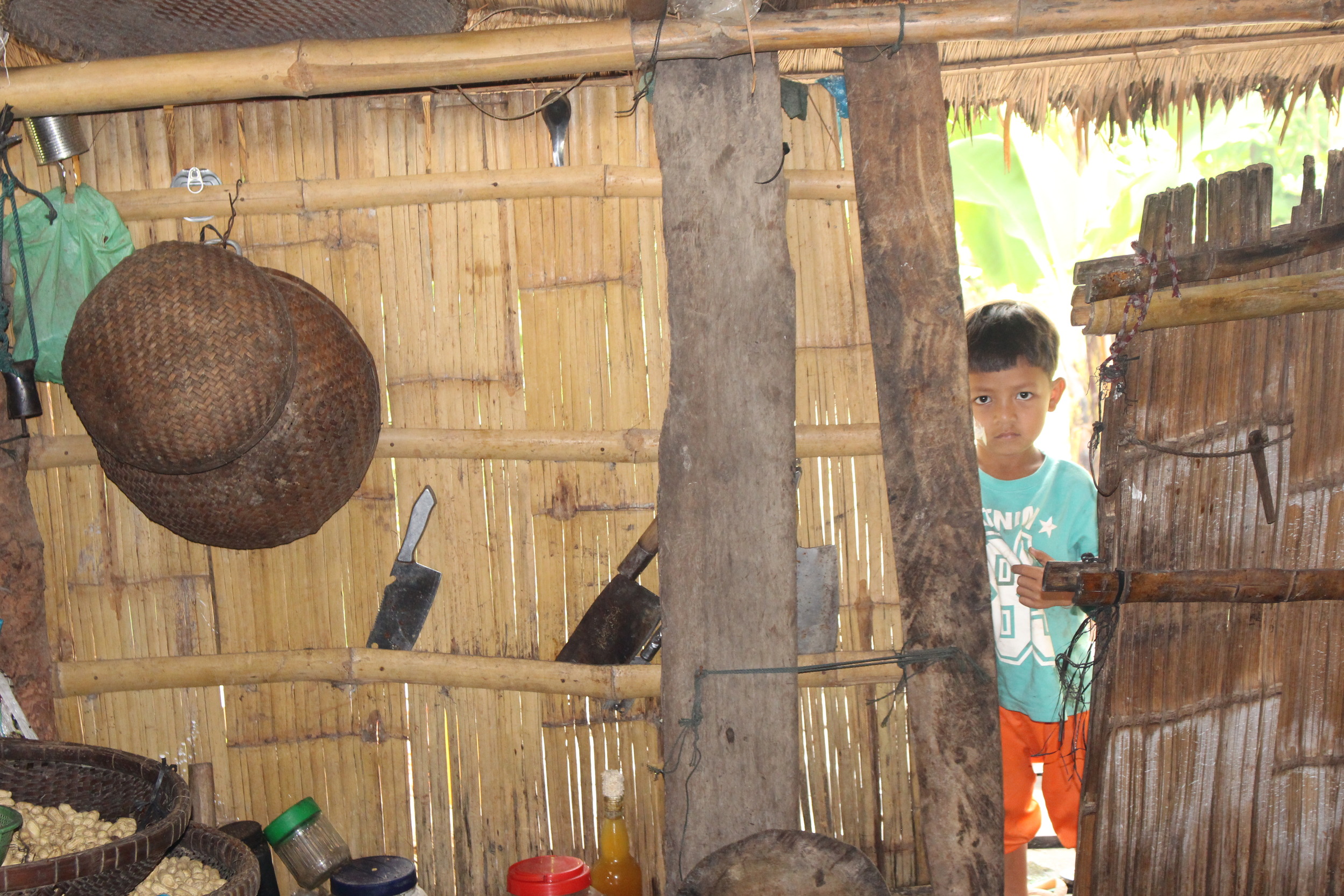
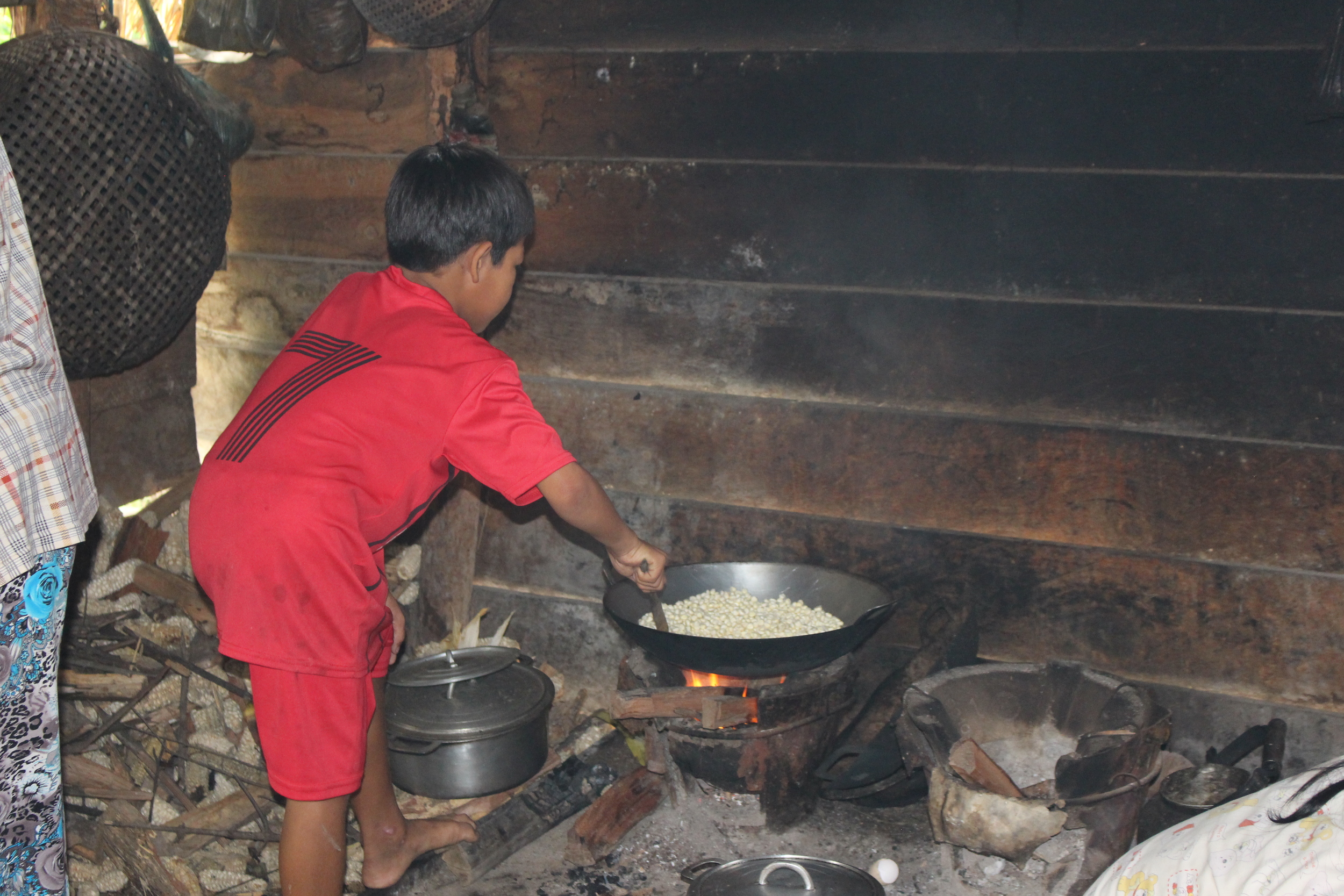
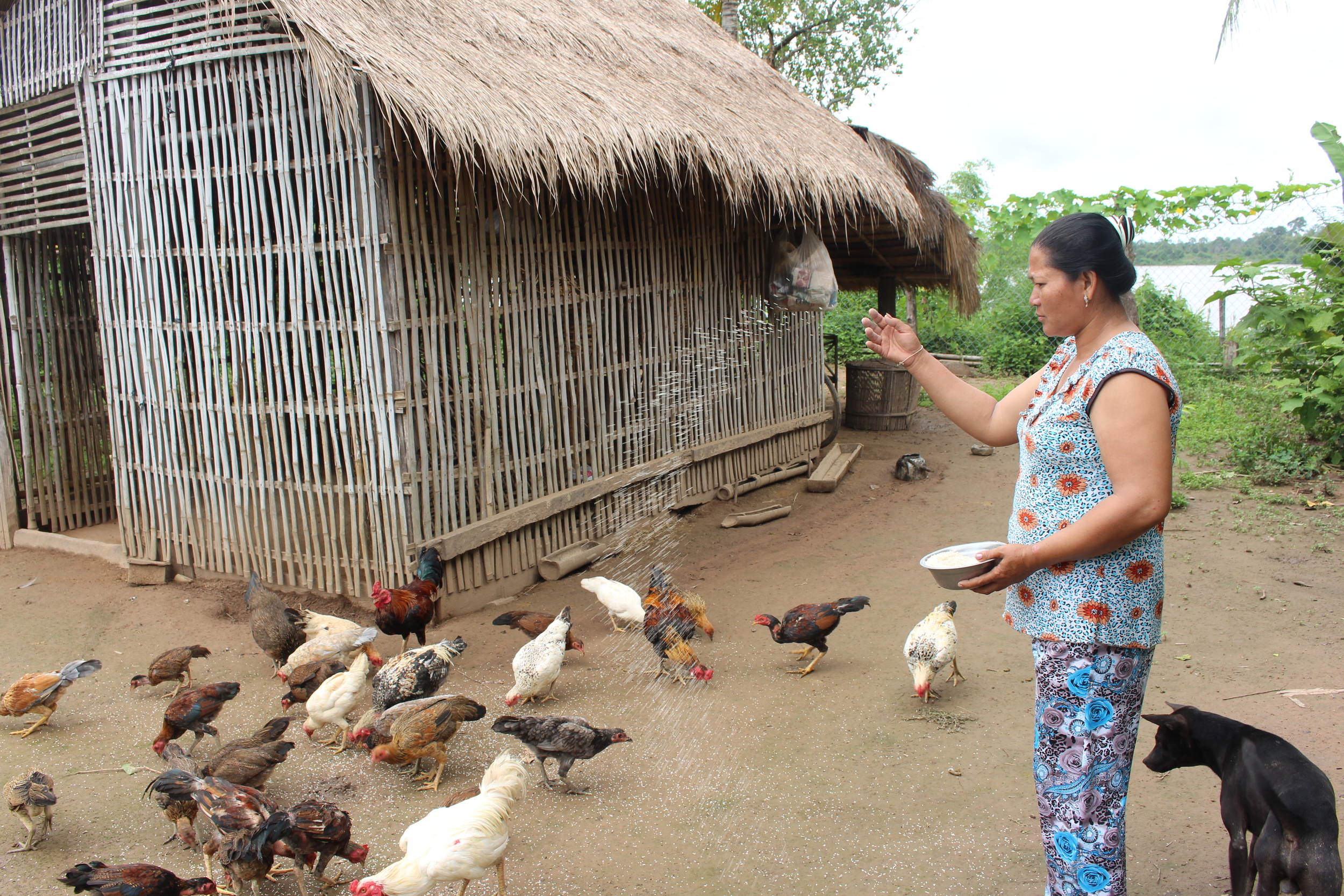
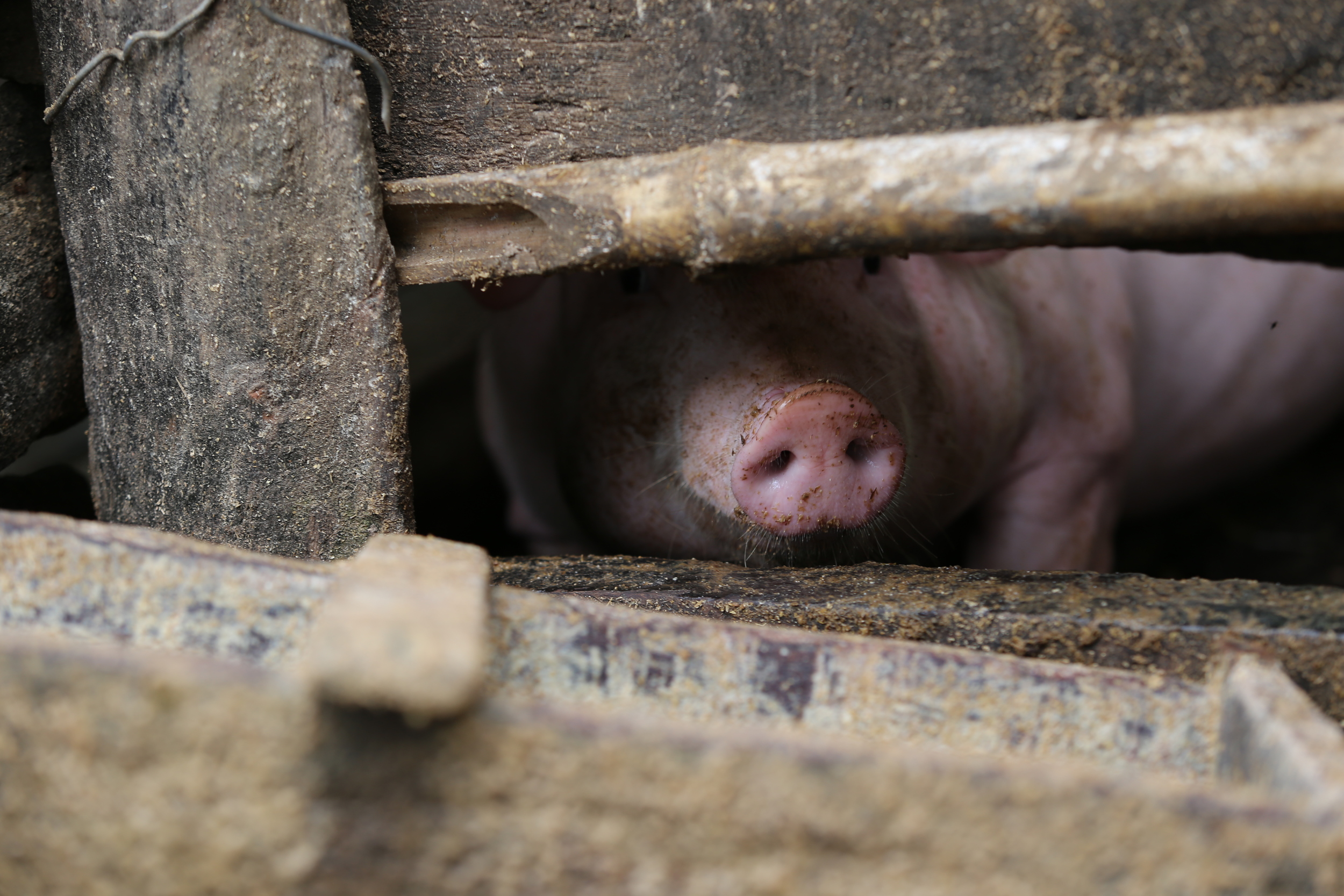


Finally, our last day we headed back to Koh Pdao to shoot some b-roll footage of the CFi members on one of their daily enforcement patrols. After the home stay interview on the first day, we interviewed two members of the Community Fishery (CFi) in Koh Pdao. The CFi manages the fishery within its boundary posts which consists of confiscating illegal fishing equipment and arresting repeat offenders. On Thursday, we all piled into the boat and set off for the one hour patrol. We didn’t come across any illegal fishers, but we also didn’t see any dolphins because the water levels are quite high so the population is more dispersed than in the dry season. I was incredibly sad we did not see them solely because Vida, the communications intern, had never seen one before.
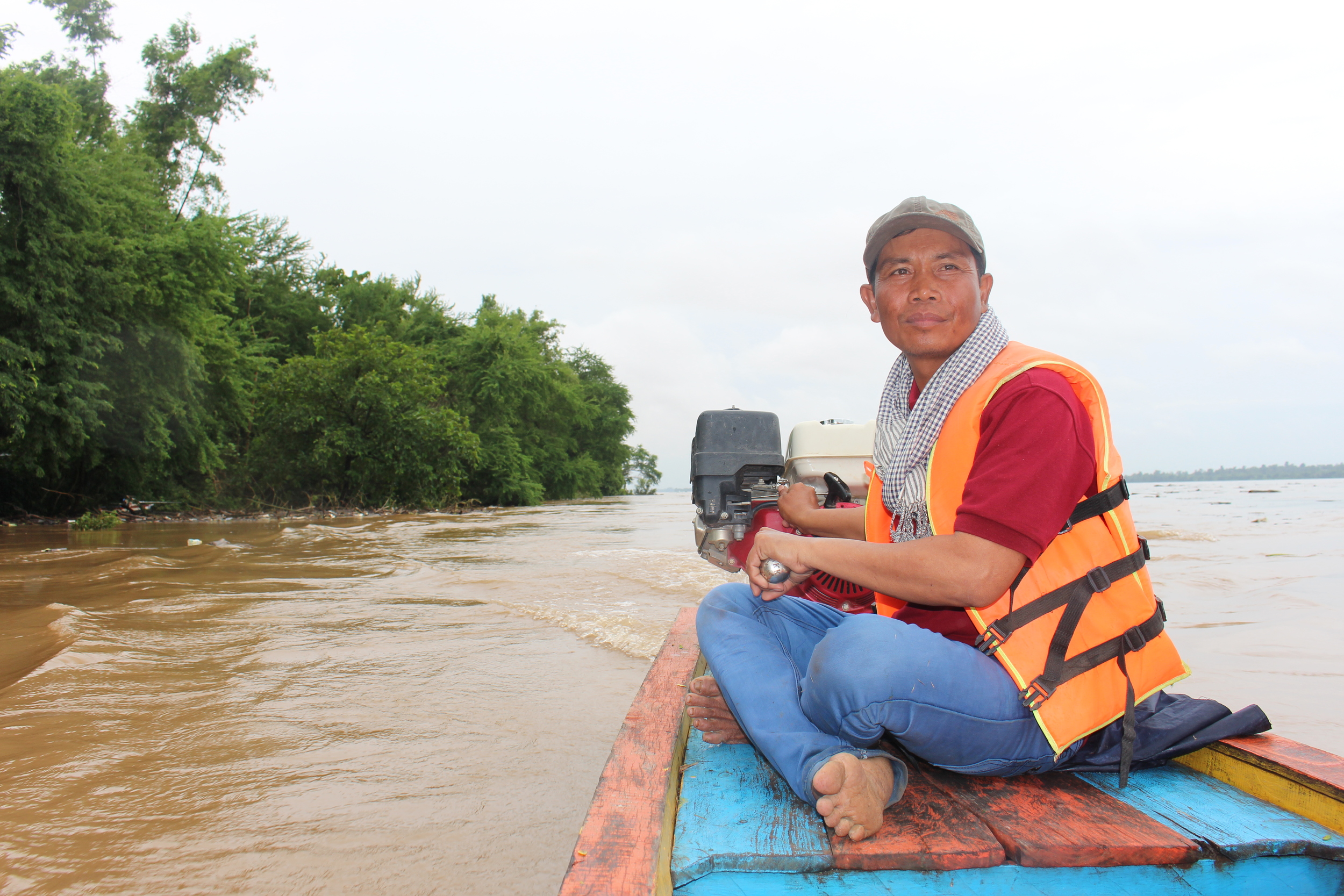
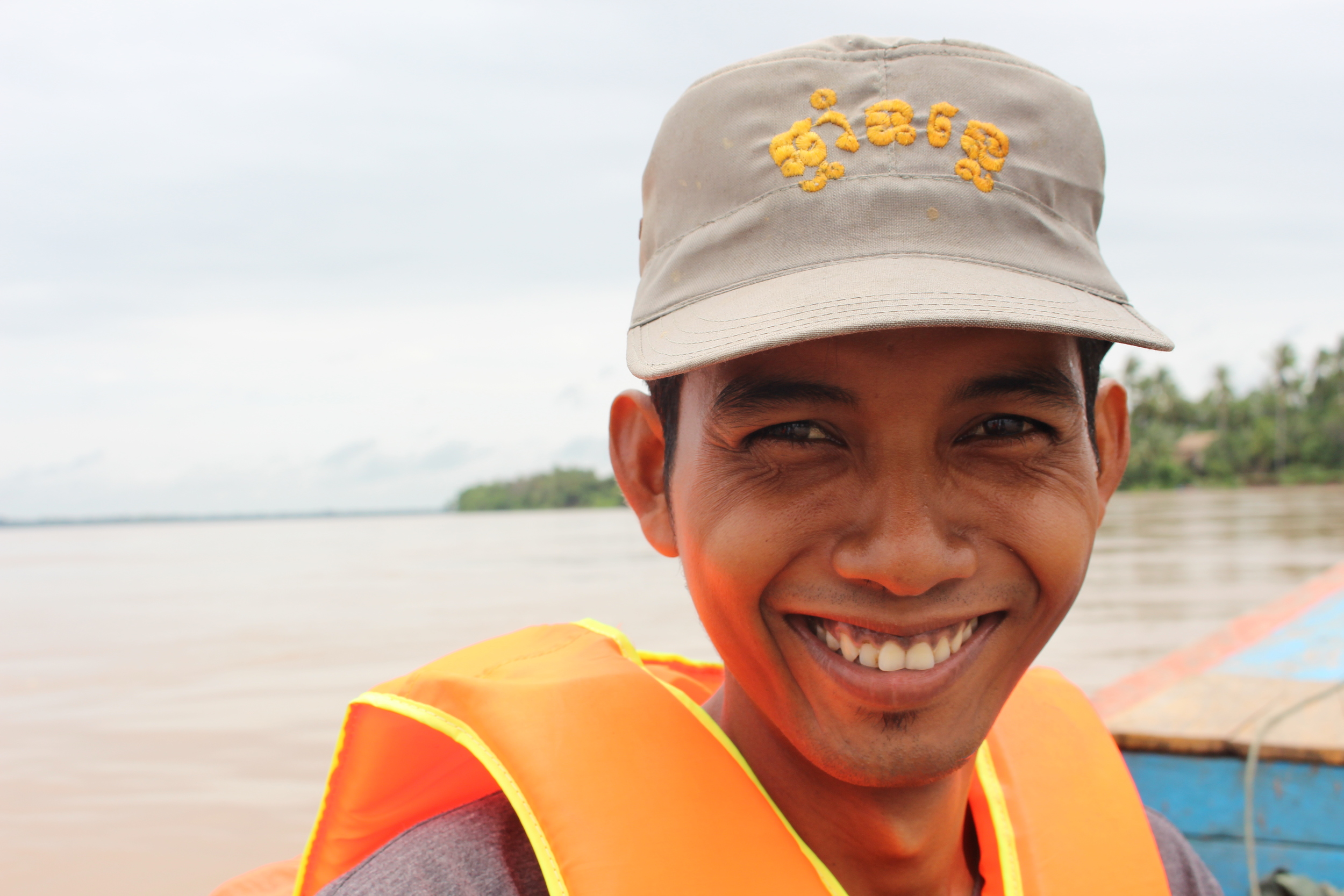

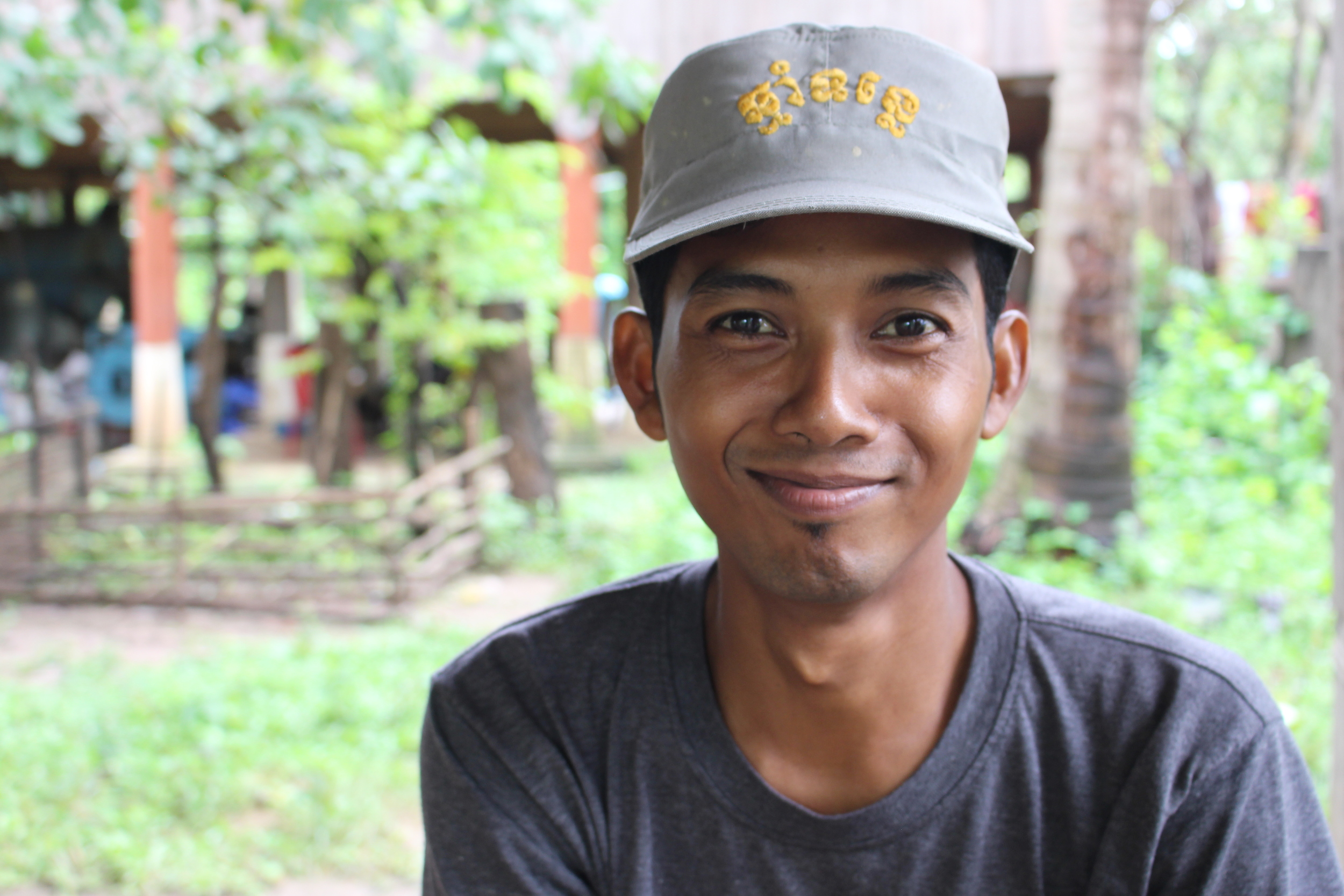
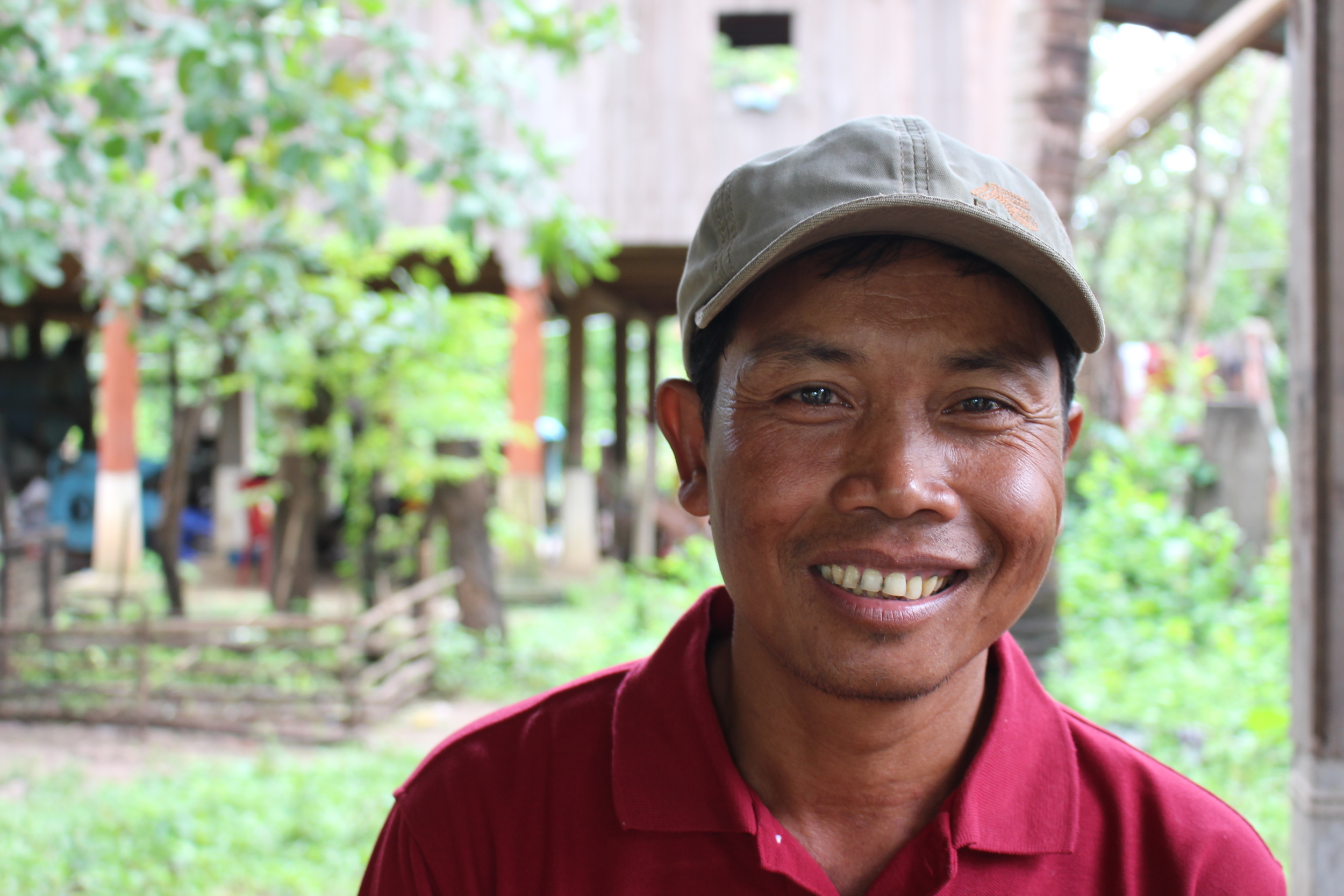
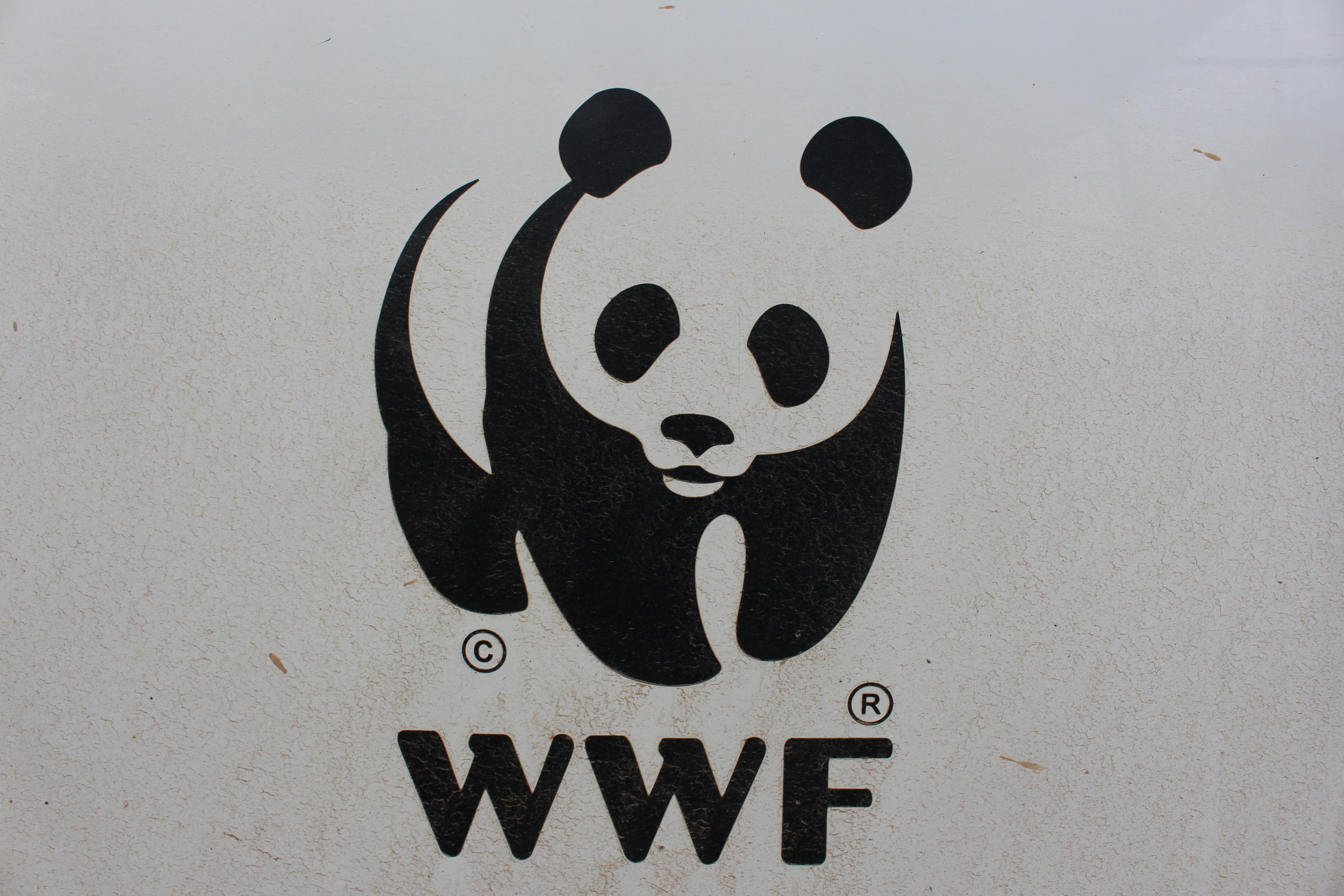
Getting to know Vida was one of the highlights of the trip for me. I basically forgot she was only 18 because she is extremely professional and mature. She is working as a full time student getting her bachelors in environmental science and also interning part time at WWF. I sit next to her at the office and have watched her work diligently on high level projects including brochures on tiger conservation and a video production documenting the river guards’ efforts along the Mekong. We talked a lot about the differences between Cambodia and the U.S. on our trip, specifically about education. Vida is very keen on traveling abroad and I hope she will decide to get her masters outside of the country. For now though she is working tirelessly to obtain her education. She explained teachers often do not show up during the week so she must always attend makeup classes on Saturdays and Sundays. Additionally, because her major is a small cohort they must design their own curriculum and have it approved by the university. I always thought I worked hard for my education, but, all things considered, realized I had it very easy. I am confident Vida will excel and can’t wait to see where she ends up in the future.
Just this week we got word Kratie has flooded and I’m grateful we made the trip when we did. The Mekong's water levels have risen to approximately 22m since the start of the rainy season and upon my return I came back to a landscape I didn’t even recognize. To provide some perspective – at our field site there was a staircase that took roughly 1 minute to climb (I know because it was sadly a struggle at the end of each day) and now the staircase is gone – completely submerged in water. My coworkers definitely got a good laugh at my astonishment. They are accustomed to the rise and fall of the Mekong and the benefits and hardships it brings each year, whereas, I stood open-mouthed at a gargantuan river that had essentially swallowed large swaths of land in a matter of months.





